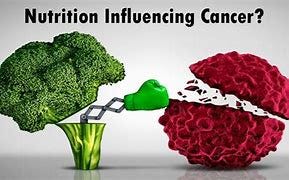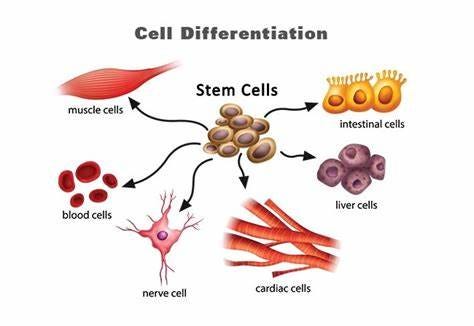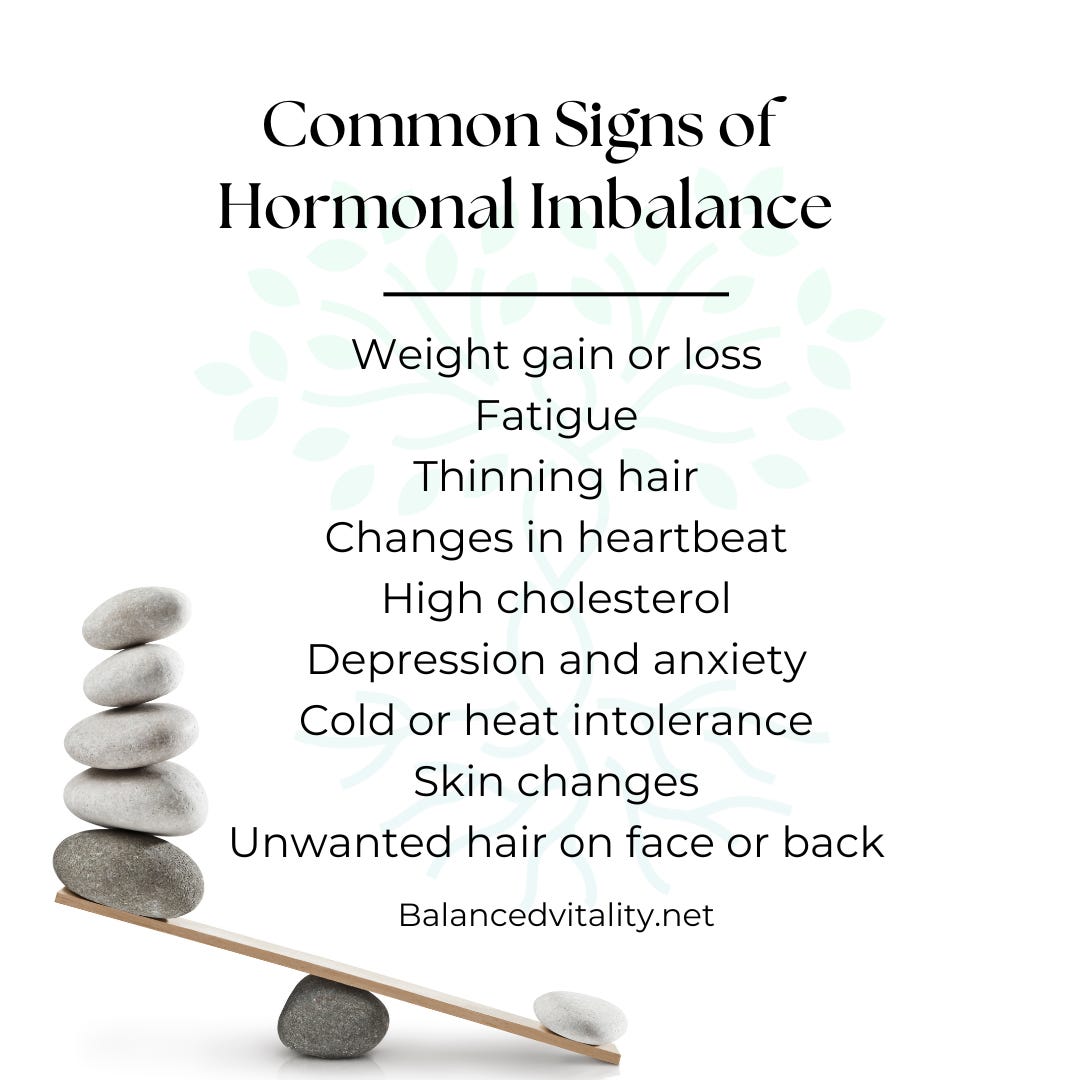Most of us have probably had a grandparent or parent tell us, “Be sure to eat your vegetables so you grow big and strong!” or something to that effect. Just how important are fruits and vegetables though? In a time when certain diets that reduce the intake of fruits and veggies are being promoted, (keto, carnivore, low-carb and those alike) one might wonder do we actually need them?
Fruits, like vegetables, come in all shapes, sizes and colors. Fruits are the fleshy or dry ripened part of a plant. Some are sweet and some are sour, each having its own unique qualities to it, and each contains an adequate amount of water. Vegetables on the other hand can be the roots, stems, leaves, flowers, or seeds from a plant that can be eaten.
Did you know that there are well over 200 vegetables and over 2000 fruits in the world?! That is pretty amazing when you think about it.
The daily recommended intake of fruits and vegetables for kids and adults is at least five, 80-gram portions of fruits and vegetables each day, with a recommendation of intaking at least 30 different types of these a week (1). Are YOU eating at least 30 different types of plant-based foods each week?
Let’s be honest, most people today are not consuming anywhere near 30 different plant foods such as fruits, veggies, herbs, and spices weekly. Why is this type of diversity important?
Making sure you consume a wide range of these antioxidants – including nature’s most potent antioxidant-rich foods of all — is as vital as it gets for your brain, heart, gut, energy, immunity, joints, and more…You see, these antioxidants come from plant foods such as fruits, vegetables, herbs and spices.
Let me set the record straight before I continue; this is by no means a bash on meat. I do approve of meat being a part of most people’s diet, to some degree- depending on the person. However, it is important that the meat be of high-quality. For example, if you are eating red meat, it should be a grass-fed and finished product.
Ok, back to the topic at hand!
Many, if not most people today have an extreme excess of free radicals in their bodies. This is due to a range of modern-day factors such as the constant bombardment of toxic chemicals on our bodies, poor or inadequate diets, certain commonly prescribed drugs, and much more. Antioxidants neutralize the free radicals in your body, thereby preventing these unstable and highly reactive radicals from causing damage!
An imbalance between free radicals and antioxidants can result in oxidative stress – and the more oxidative stress there is, the more devastation it causes on your cellular health (all aspects of health begin and end with your cellular health).
Cancer and the Power of Fruits and Veggies
Scientists have long believed that nutrition plays a significant role in cancer development and have dated back to the 1960s. They have shown a connection between diet and cancer rates in different populations, with high meat intake leading to colon cancer (2).
A more recent study published in January 2022 looked at extensive data from 420 patients with systemic lupus erythematosus (SLE) who completed a survey on their diets and symptoms. Researchers found that patients who changed their eating patterns to incorporate more plant-based foods, while limiting processed foods and animal products, reported improvements in their disease symptoms (3).
There’s no doubt that whole fruits and vegetables are key components of a healthy diet. However, you may be missing out on the most nutrient-packed part if you peel your fruit. Peels can double, even triple, the amount of nutrients you’re getting, and they contain loads of fiber. Plus, they’re filled with protective antioxidants which can be up to 328 times higher in the peel than the pulp (4)!
For example, citrus fruit peels contain up to three times more vitamin C than the inner fruit and are a great source of calcium, potassium, magnesium, vitamin B6, and vitamin A. Additionally, that’s where most of the volatile essential oils are found- which have noted anti-inflammatory power and anticancer potential. While you don’t really want to bite into the rind of a citrus fruit, you can grate it and use the zest in smoothies and other recipes.
Have you ever heard of Phytochemicals or Phytonutrients? These are one of the many natural nutrient compounds found in plant-based foods. These nutrients have a variety of functions, including giving fruits and veggies their vibrant colors. Most importantly, phytonutrients play an essential role in supporting our immune system, serving as antioxidants, and combating inflammation (5).
Some examples of phytochemicals and antioxidants in different foods:
Purple and blue foods like red grapes and berries have anthocyanins and resveratrol. Grapes and grape seeds also contain flavanols, phenolic acids, and catechins which contain potential cancer-fighting properties. These antioxidants can help put a stop to a natural process within the body that causes cell damage, therefore reducing the risk of cancer.
Red, orange, and yellow foods like carrots, sweet potatoes, and pumpkins have
carotenoids, including beta-carotene.
Green foods like leafy greens, cauliflower, kale, brussels sprouts, cabbage and broccoli contain chlorophyll and isothiocyanates. These components have a range of beneficial effects, including antioxidant, antimutagenic, antigenotoxic, anticarcinogenic, and anti-obesogenic properties (6, 7).
Watermelon, grapefruit, apricots, pink guava, pawpaw, tomatoes and tomato- based products contain an antioxidant called Lycopene, which is twice as powerful as that of beta-carotene and is 10 times higher than that of alpha-tocopherol. Lycopene is a cancer-fighting food associated with fighting prostate and lung cancer. Lycopene inhibits the growth of cancer cell growth in human cancer lines. There have also been studies showing the benefits of lycopene consumption in the fight against cardio-vascular diseases such as atherosclerosis, myocardial infarction and stroke (8, 9).
Nutritional deficiencies can lead to a plethora of health issues. Deficiencies have been linked to multiple types of cancers including lung, head and neck tumors, breast, gynecologic, gastrointestinal and genitourinary malignancies. Nutrition is not only essential to tolerate definitive therapy in these disease sites, but sustaining a high-quality diet can mitigate many of the problems cancer patients have during conventional treatment. “Cancer treatment frequently accelerates aging, which can increase the risk of patients acquiring multiple comorbidities, such as diabetes, cardiovascular disease, and osteoporosis (10).”
Statistics have shown cancer is the leading cause of deaths globally accounting for approximately 10 million deaths worldwide (11). So, it is of the utmost importance for us as human beings to protect our bodies at all costs. This comes with the assistance of building our immune systems with protective nutrients like those found in fruits and veggies.
Stem Cells and the Power of Fruits and Veggies
Stem cells are the bodies master cells that can differentiate into specialized cells. Your body uses stem cells to replace damaged, old and/ or dying cells. Stem cells can become any kind of cell that your body needs!
Stem cells are distributed via blood and the lymphatic system, as recently discovered by Gur-Cohen et al. in a 2019 study (12). Also, stem cells themselves lose their regenerative capacity over time (13). The lymph plays a pivotal role in stem cell health and rejuvenation. The lymph is a continuous fluid surrounding the cells. It transports cell waste and other unwanted molecules, which are to be excreted, through the lymphatic vessels to the blood and kidneys, and then to its exit point: urine. Thus, it is also important to support kidney health! Luckily, we can control the environment in which our stem cells thrive to a great extent through diet and detox.
From healthy hearts to beautiful skin, stem cells have the power to thrust us into aging healthy and beautifully. Here are some foods that cleanse us and help stem cells rejuvenate:
Blueberries, raspberries, blackberries, açai berry all help build up the powerful antioxidant superoxide dismutase (SOD). This is excellent for reducing oxidative stress- a key factor in liver support and the prevention of joint pain. Berries are also rich in flavonoids that reduce inflammation and repair cellular damage.
Oranges, grapefruit, lemons, and limes are famously rich in vitamin C. They also contain fiber, potassium, calcium, B vitamins, copper and anti-inflammatory phytochemicals such as flavonoids and carotenoids.
Ripe tropical fruits like papaya, mango, dragon fruit, mangosteen and Lychee.
Brazil nuts for selenium. Selenium is a trace nutrient element that protects cells against oxidative damage (14).
Green juices or juice powders. They are often packed with vitamins, minerals, antioxidants and phytonutrients. Each offering a concentrated source of essential nutrients.
Hormones and the Power of Fruits and Veggies
Hormone imbalance affects both men and women. It is no secret that finding hormonal balance can help improve multiple areas of health for each. Hormones are chemicals produced by your endocrinal glands that help regulate your body, coordinating different functions by carrying messages through your blood to all your organs, muscles, and other tissues. They control your metabolism, homeostasis, growth and development, sexual function, reproduction, sleep-wake cycle and mood.
The most popular types of hormonal imbalances include:
Estrogen dominance (low progesterone in comparison to estrogen)
Thyroid hormone imbalance
Cortisol imbalance
Insulin imbalance
High testosterone
Low testosterone
Diet can impact hormones in various ways, as some foods possess hormone-like properties, have hormones added to them, or contain additives or chemicals that may disrupt hormones. Eating fiber-rich foods may help improve insulin sensitivity to support healthy hormone balance.
Research suggests that nutritional antioxidants may protect against adrenal hormone imbalance-linked oxidative stress and hold promise as therapeutic approaches targeting hormone-dysregulation disorders (15, 16).
As mentioned previously, fruits such as dark berries, citrus fruits, cantaloupe, grapes, grapefruit, kiwi, peaches, lemon, papaya, apricots, watermelon and apples, along with vegetables like spinach, kale, pumpkin, turnip and collard greens, beets, Swiss chard, cauliflower, asparagus, carrots, sweet potatoes, bell peppers, tomatoes, broccoli, onions and brussels sprouts all contain compounds that help the body metabolize excess estrogen, which can reduce symptoms of hormonal imbalances.
Conclusion
We need to start thinking of food as medicine because our diet plays a huge role in our body’s regeneration cycles. Unless there are food allergies or sensitivities to certain fruits or veggies, we should all be striving to get a wide variety of them in our diets every week. In case you are someone who has a sensitivity to certain fruits or veggies, or find it is hard for your body to break these down, there are high-quality capsule or gummy options available that are usually more easily tolerated by the body. Often times, these options are the best way for kids to get an adequate amount into their daily diets, as well as a wide variety. Here are my top recommendations:
A fan favorite among people from all walks of life! (Psst…you can even sponsor a child with each adult order! Get your choice of capsules or gummies for a child aged 4-25 yrs for free (just pay 3.00 shipping cost). The items for the child come to you. This is a perfect option for a family or close relative who wants to help their grandchild. If you have any questions or need, just reach out and I’d be happy to help answer any questions and even put your cart together for you! *Each adult can only sponsor 1 child in their lifetime.
A little less robust, but still of high-quality standard. (Sorry, no option to sponsor a child for free with this one.)
Don’t forget to check out the latest updates and offerings on my website Finding the root cause(s) of your health concerns just got easier and more affordable! Check with your FSA/HSA to see if you qualify to have the cost of your labs covered.
References:
30 plants a week: 6 foods that count towards your weekly goal
The 14 Healthiest Fruit and Vegetable Peels - The Art of Anti-Aging
How Plant-Based Eating Can Reduce Your Cancer Risk — and Easy Ways to Start
A Comparative Review of Key Isothiocyanates and Their Health Benefits - PMC
Stem cell–driven lymphatic remodeling coordinates tissue regeneration | Science
Frontiers | Rejuvenation of Aging Adult Stem Cells to Improve their Regenerative Potential










